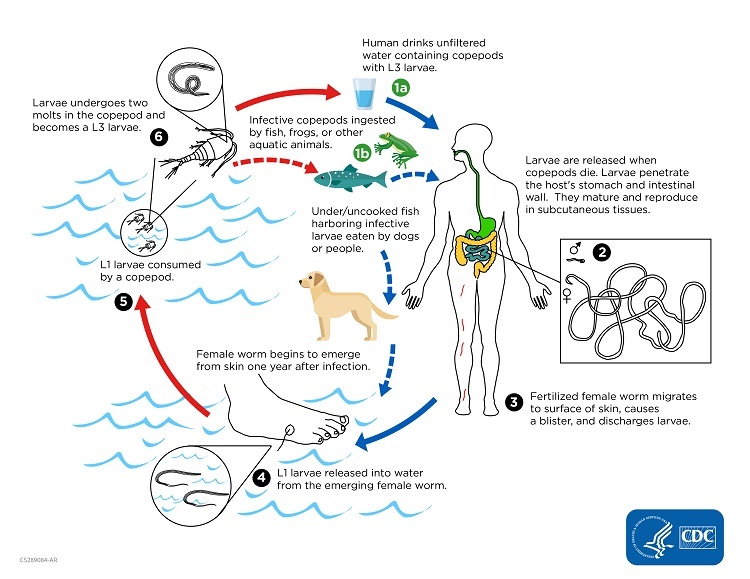

OpenAI on that enshittification speedrun any% no-glitch!
Honestly though, they’re skipping right past the “be good to users to get them to lock in” step. They can’t even use the platform capitalism playbook because it costs too much to run AI platforms. Shit is egregiously expensive and doesn’t deliver sufficient return to justify the cost. At this point I’m ~80% certain that AI is going to be a dead tech fad by the end of this decade because the economics just don’t work now that the free money era has ended.







I’m all for de-Googling, but… is it possible that Restricted in this context mean those apps have no data usage because they’re restricted from using it? It could be trying to say that the app is restricted, not that you’re restricted.